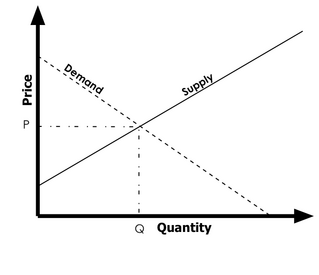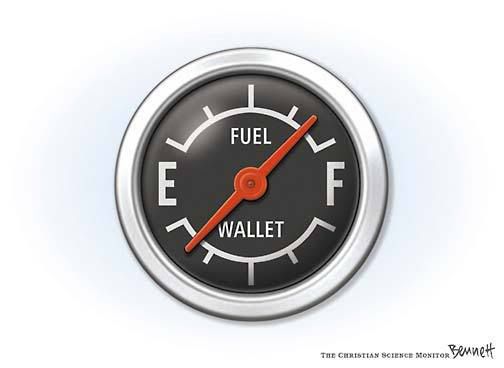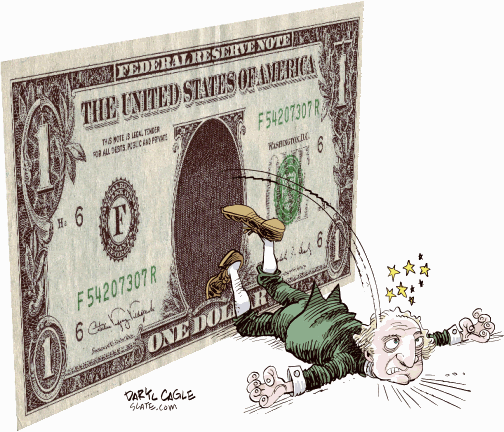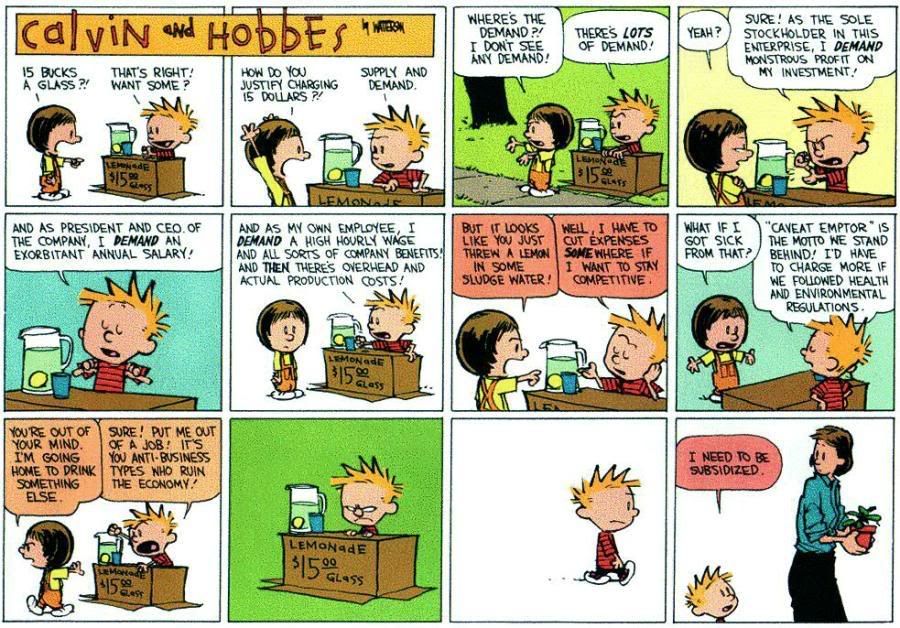| Music Box |
Leontief Lover's Song of the Week:
ARTIST:Ryan and Chad ft. MLB PLAYERS
SONG: I Don't Dance (MLB PLAYERS REMIX)
ALBUM: High School Musical 2

|
| Comment Box |
|
|
| Please leave your comments about our blog and the articles you have read here, if you are not a blogger. Thank you very much! :) |
| Members |
| Zerge Zandueta
20 years old and counting, this dude loves sports and videogames. he hopes to contribute something good to society one day and make other people happy
"Humanity is the virtue of a woman, generosity that of a man." - Adam Smith
Kathryn Pua
this perky girl never fails to brighten up anyone's day. very friendly, approachable and outgoing, this person enjoys going out with her barkada, though an 'introvert' at heart
"And very often the influence exerted on a person's character by the amount of his income is hardly less, if it is less, than that exerted by the way in which it is earned." - Alfred Marshall
Bea Lim
they say silent water runs deep. this girl may seem quiet at first, but once you get to know her, you're in for loads of fun
"The friend of the present order of things condemns all political speculations in the gross." - Thomas Malthus
Raymond Lee
a 23 year old korean who makes all the girls go "ga-ga." 'nuff said. ;)
"Entrepreneurial profit is the expression of the value of what the entrepreneur contributes to production." - Joseph A. Schumpeter
Carlo Medina
hypnotic on the hardcourt, this basketball icon is not only good at putting 2 on the board but 3 on the report card
"In the long run we are all dead." - John Maynard Keynes
|
| Learning Corner |
Eco Lesson of The Week : Determinants of Supply and Demand

The intersection of the supply (upward sloping) and demand (downward sloping) curves is called the equilibrium pt. This point represents the price at which goods are sold and purchased at the market. However,
this equilibrium point may change depending on a shift by the curves. The curves may shift one at a time or at the same time both either upwards or downwards. An upward
shift by either curve would raise the price, while a downward shift would lower it.
What we want to know this week is what causes these shifts in supply and demand, called their determinants.
The Determinants of Supply
1. Costs of production
2. Profitability of alternate goods in supply
3. Natural occurences
4. Expectations of future prices
5. Profitability of goods in joint supply
6. The number of sellers
The Determinants of Demand
1. Tastes, fashions, preferences
2. The number and price of related goods
3. Income
4. Expectation of future prices
5. Population
Reference: http://www.cr1.dircon.co.uk/pdffiles/determinants.pdf
|
| Cartoon Corner |
By: Paul Combs (The Tampa Tribune)

By: Clay Bennet (The Christian Science Monitor, Boston)

By: Thomas Boldt (The Calgary Sun, Alberta, Canada)

|
|
| Friday, October 12, 2007 |
| Return to Scale |
Return to Scale
By Raymond Lee
Return to Scale consists of three parts, constant, decreasing and increasing. No firm wants his Return to Scale to be decreasing scale. To be increasing scale, firms have tried to do followings.
The first is reorganization of company’s system, in other words business restructuring. For example, fire their employee and transfer from human resource to machine. It almost does not improve the quantity of output, it makes the efficient of output increase. Before reorganization, the firm put more input than after reorganization’s input to get the same output. As a result of business restructuring, the efficient of output is increased and Return to Scale changes from decreasing to increasing.
The second is to motivate to the company’s worker, especially it needs to the firm which is concentrated on human resource power. For instance, the manager gives employee some kind of incentive such as more money or stock option, to make them do their best and to develop their potential. It is easily to find nearby, especially in the book store. There are many management books that include contents range from strategies managing their suborders to methods motivating their workers.
The third is development of technology. If a technology is improved, the firm which uses the technology in the manufacture process can increase the volume of output as putting same input. It does not need more employee and to eager to stimulate their worker to work hard and stay later in a factory only to increase output. For example, the beer factory had lots of worker in the past because that industry needed many hands to work. However, in now days, only few engineers are needed to manage to the factory and the output is dramatically increased compared with hand-worker era. |
posted by Leontief Lovers @ 3:57 PM  |
|
|
|
|
| About Me |
|

Name: Leontief Lovers
Home: Manila, Philippines
About Me: people wonder why we are called leontief lovers. it's simple, in eco, there is a canonical form of utilty and production function called Leontief Preferences / Technologies. In a two good/input world, you always would need the other good/input in order to remain satisfied/have the ability to produce... in other words, you will never substitute one good for another, you need to consume/use both goods at a fixed proportion at the same time... LIKEWISE, in our blog, WE WILL NEVER TRADE NOR SUBSTITUTE ECO FOR ANOTHER!
See my complete profile
|
| Time |
|
|
| Previous Post |
|
| Archives |
|
| Poll |
| |
| Links |
|
| Lovers Recommends |
| Books
"The World is Flat" by Thomas Friedman
"Confessions of an Economic Hitman" by John Perkins
Movies
"A Beautiful Mind"
"Wall Street"
|
| EcoBizLife |
|
| Fun Zone |

Calvin and Economics
Jokes
An economics professor and a student were strolling through the campus.
"Look," the student cried, "there's a $100 bill on the path!"
"No, you are mistaken," the wiser head replied. "That cannot be. If there were actually a $100 bill, someone would have picked it up."
Feudalism: You have two cows. Your lord takes some of the milk.
Socialism: You have two cows. State takes one and gives it to someone else.
Communism: You have two cows. State takes both of them and gives you as much milk as you need.
Bureaucratic Communism: You have two cows. State takes both of them and gives you as much milk as the regulations say you should need.
Bureaucracy: You have two cows. State regulates what you can feed them and when you can milk them. Then it pays you not to milk them. After that it takes both cows, shoots one, milks the other and pours the milk down the drain. Then it requires you to fill out forms accounting for the missing cows.
Fascism: You have two cows. State takes both of them and sells you milk.
Nazism: You have two cows. State takes both of them and shoots you.
Liberalism: You have two cows. State dosen't care whether you exist, let alone your cows.
Capitalism: You have two cows. You sell one and buy a bull.
PRICE IS IMPORTANT!
(disclaimer: may be a little off-color)
"My Dear, would you go to bed with me for a million dollars?"
"Well, yes, I guess I would."
"How about $100?"
"What kind of person do you think I am?"
"My Dear, we have already established that. We are merely haggling over the price!"
|
| Template by |

 |
|
